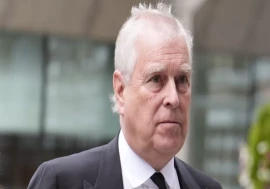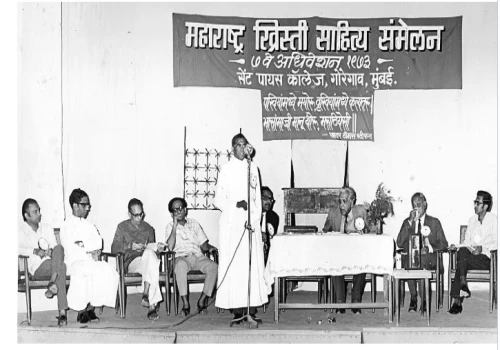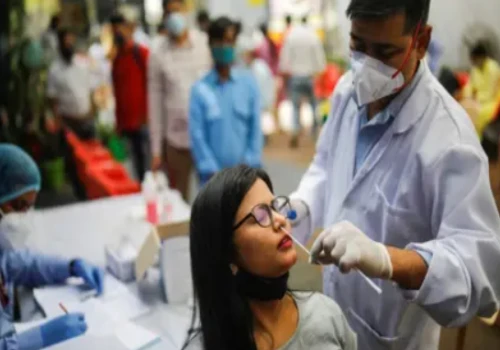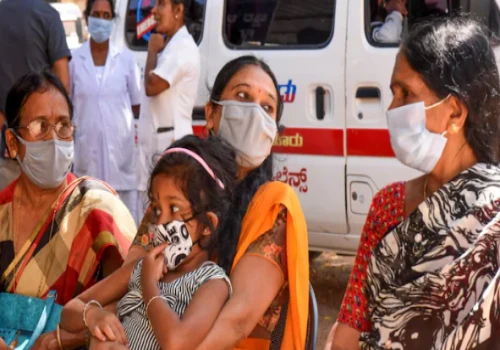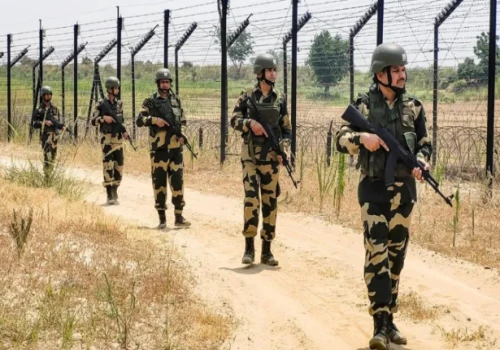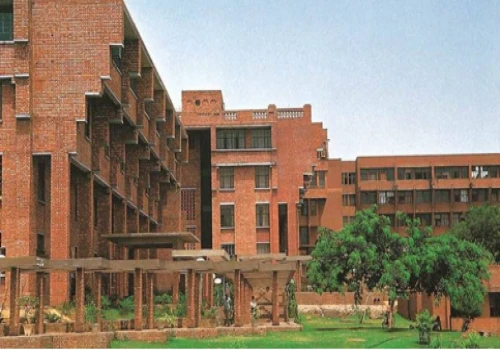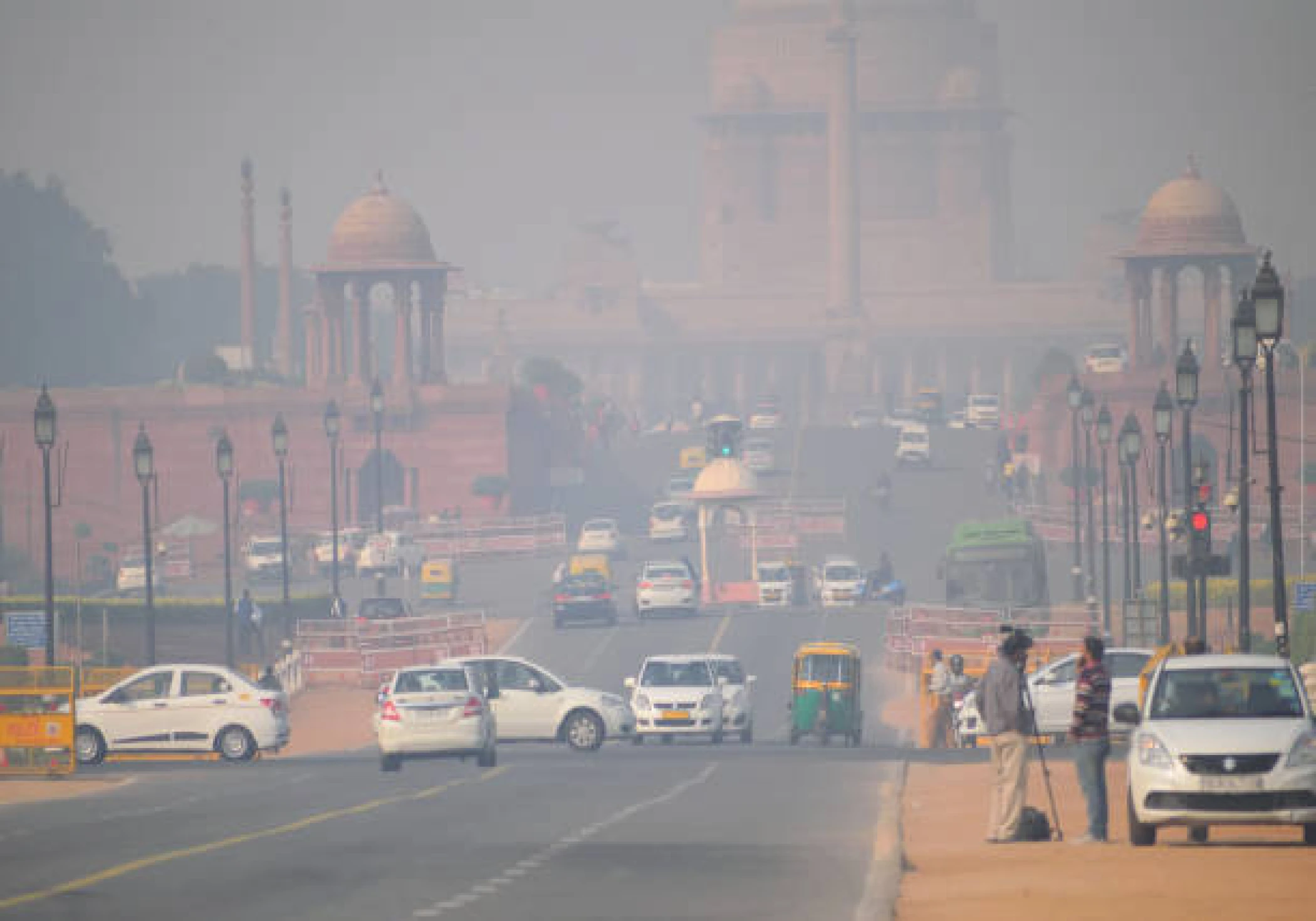
Delhi's minimum temperature hit a season low of 11.2°C, one degree below normal, on Wednesday, but data indicated a slight improvement in the overall air quality index (AQI). Toxic pollutants continued to cover the city in a thick layer of smog, with the air quality remaining in the "severe" range. A day before, the temperature was 12.3°C. The Central Pollution Control Board (CPCB) reported that at 9 a.m. on Wednesday, Delhi's 24-hour average quality was 424 (severe). At 4 p.m. on Tuesday, it was 460 (severe). At 4 p.m. on Monday, the AQI reached 494, which was the second-highest AQI ever recorded in the capital. On November 3, 2019, Delhi reported the same average AQI, and on November 6, 2016, it reached its highest point ever, 497.
The dense smog blanketing the city has severely impacted visibility, while pollutants, particularly PM2.5 and PM10, remain alarmingly high. Experts attribute the worsening air quality to a combination of vehicular emissions, industrial activities, and seasonal factors such as crop residue burning in neighboring states. Despite some improvement in wind speed, which could potentially aid in dispersing pollutants, the conditions remain critical.
Authorities have enforced Stage 3 of the Graded Response Action Plan (GRAP), imposing stricter curbs on construction and demolition activities. Additionally, public advisories urge residents to limit outdoor activities and adopt protective measures. Primary schools have shifted to online classes in an attempt to shield young children from exposure to the toxic air.
The dip in temperature has further intensified the crisis by trapping pollutants closer to the ground, a phenomenon known as temperature inversion. This not only exacerbates air pollution but also poses significant health risks, particularly to vulnerable groups such as the elderly, children, and individuals with respiratory or cardiac conditions.
The government and civic bodies are intensifying efforts to manage the crisis, including deploying water sprinklers, mechanized road sweepers, and anti-smog guns. Additionally, discussions around long-term measures such as stricter vehicle emission norms and sustainable urban planning continue to gain momentum.
Residents are advised to remain indoors as much as possible, use air purifiers, and wear N95 masks when stepping outside. The current scenario underscores the urgent need for a multi-pronged approach to tackle air pollution and safeguard public health in the national capital


